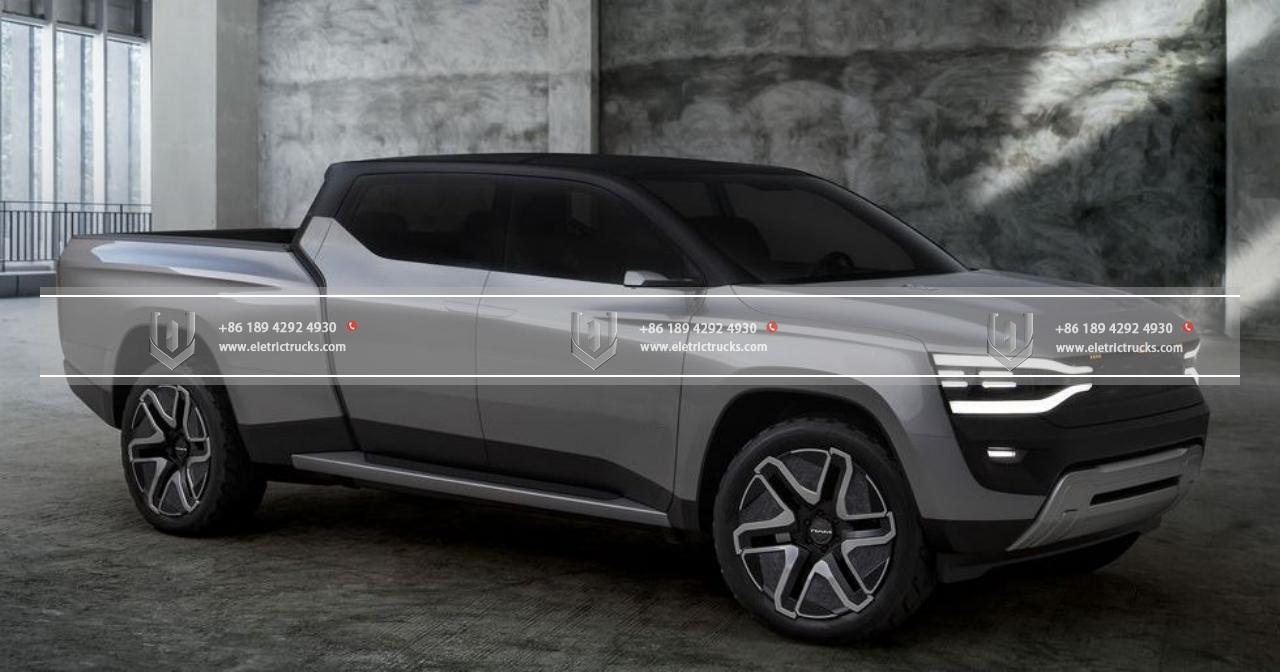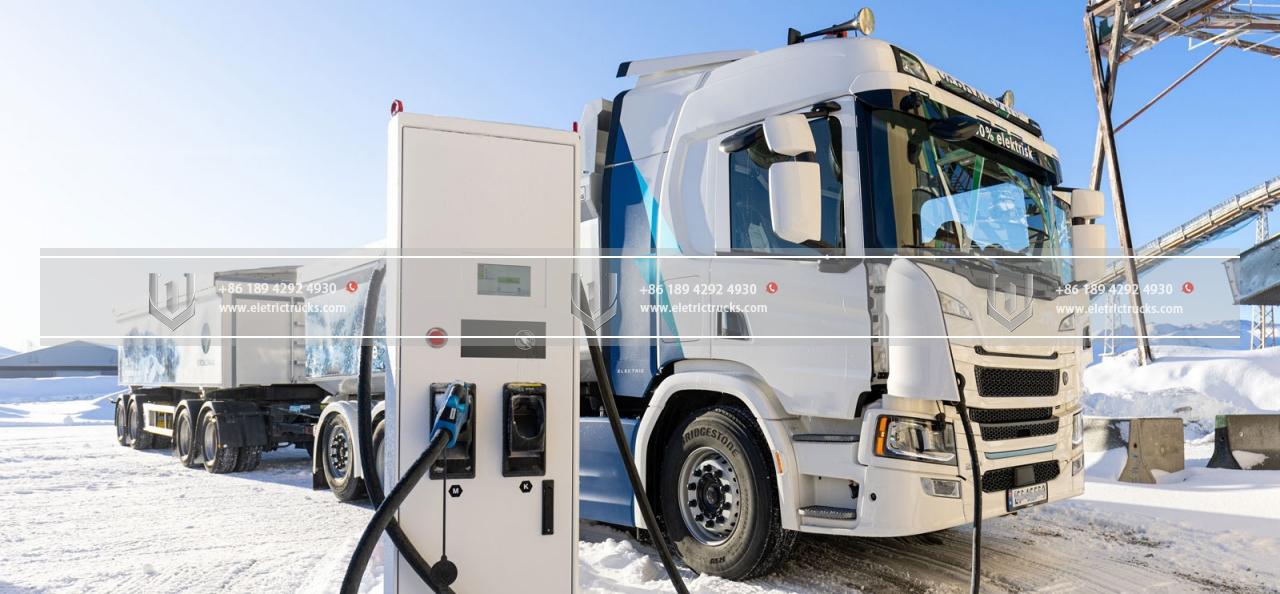Te matauranga hiko
From Tesla to Rivian The Hottest Electric Trucks on the Market
I nga tau tata nei, te Aero Aukenga has witnessed a remarkable surge in Nga waka hiko (EFS) popularity. As the world becomes more conscious of the environmental impact of traditional combustion engines, consumers are increasingly turning to electric alternatives. Inā electric cars have dominated much of the EV market, there is a rising interest in taraka hikos. Ka rite nga kamupene Tesla me Ruki have emerged as critical players in this segment, offering powerful and sustainable solutions for truck enthusiasts. I roto i tenei tuhinga, we will explore the hottest taraka hikos on the market, focusing on Tesla’s Cybertruck me Rivian’s R1T, and their contributions to the electric revolution.
Tesla, the brainchild of Elon Musk, has become synonymous with innovation in the EV industry. The company has a strong reputation for pushing boundaries and creating disruptive technologies. Tesla‘s foray into the taraka hiko market was highly anticipated, and it delivered with the unveiling of the Cybertruck in 2019. The Cybertruck’s futuristic and angular design caught the attention of enthusiasts and skeptics alike immediately. With its stainless-steel exoskeleton and unbreakable glass, the Cybertruck’s aesthetics may be polarizing, but it’s undoubtedly unique and attention-grabbing.
Underneath its unconventional exterior, the Cybertruck boasts impressive performance capabilities. It comes in three different variants: Single Motor Rear-Wheel Drive, Dual Motor All-Wheel Drive, and Tri-Motor All-Wheel Drive. The Tri-Motor variant claims to achieve mind-boggling acceleration, reaching 0-60 mph in under 2.9 seconds. Tīmata, it promises an impressive range of up to 500 miles on a single charge, making it a compelling option for long-distance travel.
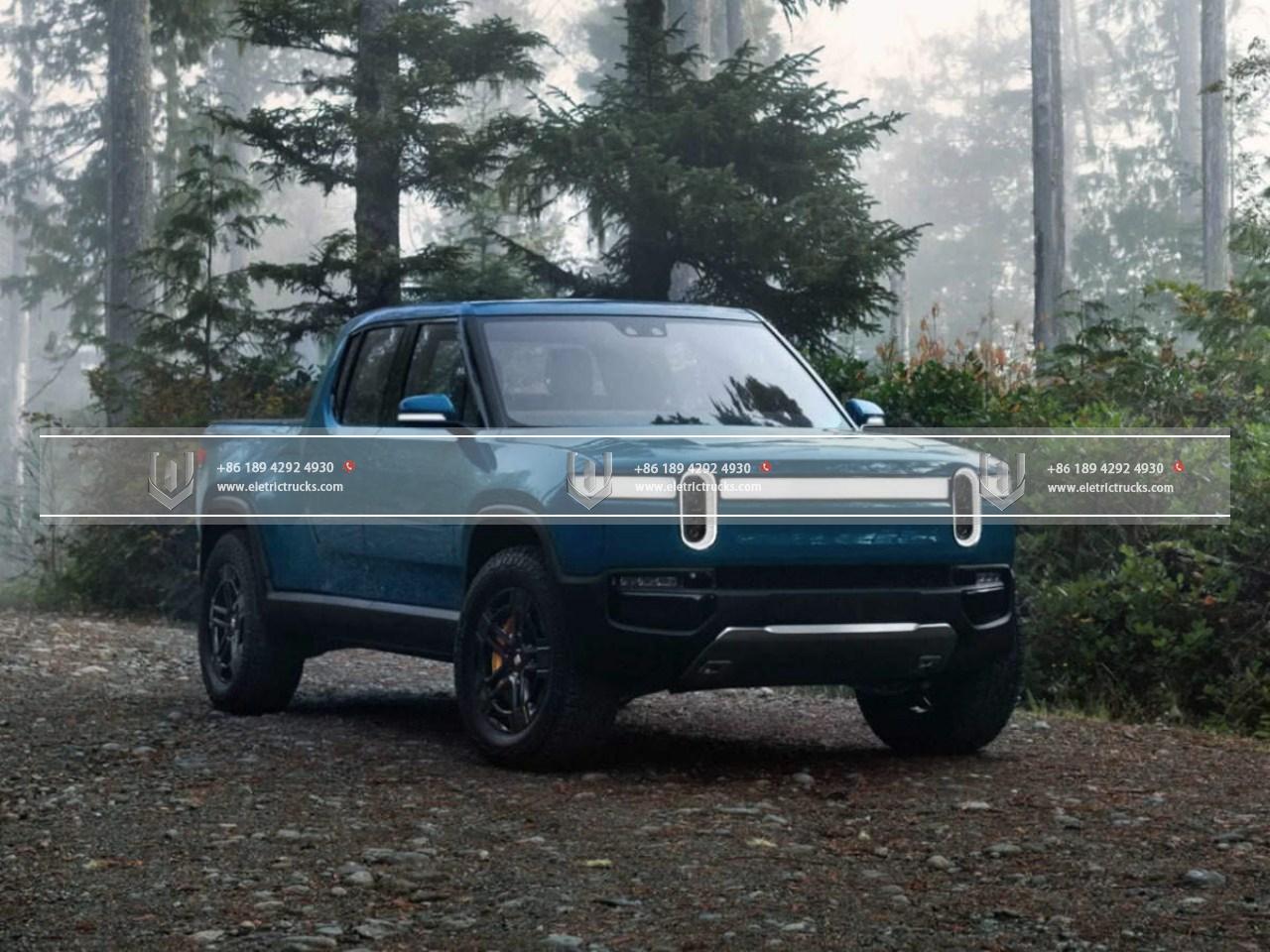
Ruki, I tetahi atu taha, is a newer player in the EV market but has quickly gained traction with its R1T electric truck. Founded in 2009, Ruki aims to revolutionize the way we explore the great outdoors with sustainable and adventure-ready vehicles. Te R1T, their flagship electric truck, combines ruggedness with environmental consciousness, catering to outdoor enthusiasts and urban dwellers alike.
Te R1T boasts a sleek and modern design that blends into both urban and off-road environments seamlessly. Its innovative “skateboard” platform houses the battery pack, Nga motuka hiko, and other vital components, allowing for maximum space utilization and impressive performance. The truck is available in three variants: 105 kwh, 135 kwh, me 180 kWh battery packs, offering ranges of 230, 300, me 400 miles, respectively. Tāpiritanga, te R1T can accelerate from 0-60 mph in as little as 3 seconds, rivaling some high-performance sports cars.
One of the standout features of the R1T is its focus on adventure and utility. Ruki has incorporated several innovative design elements into the truck, such as a large front trunk, or “frunk,” as well as a versatile gear tunnel that runs the width of the vehicle. These features enhance the truck’s practicality and storage capacity, allowing users to carry gear, tools, and even camping equipment with ease. Ruki has also implemented advanced off-road capabilities, including adjustable air suspension and four-wheel drive, making the R1T a formidable choice for outdoor enthusiasts seeking an eco-friendly alternative.
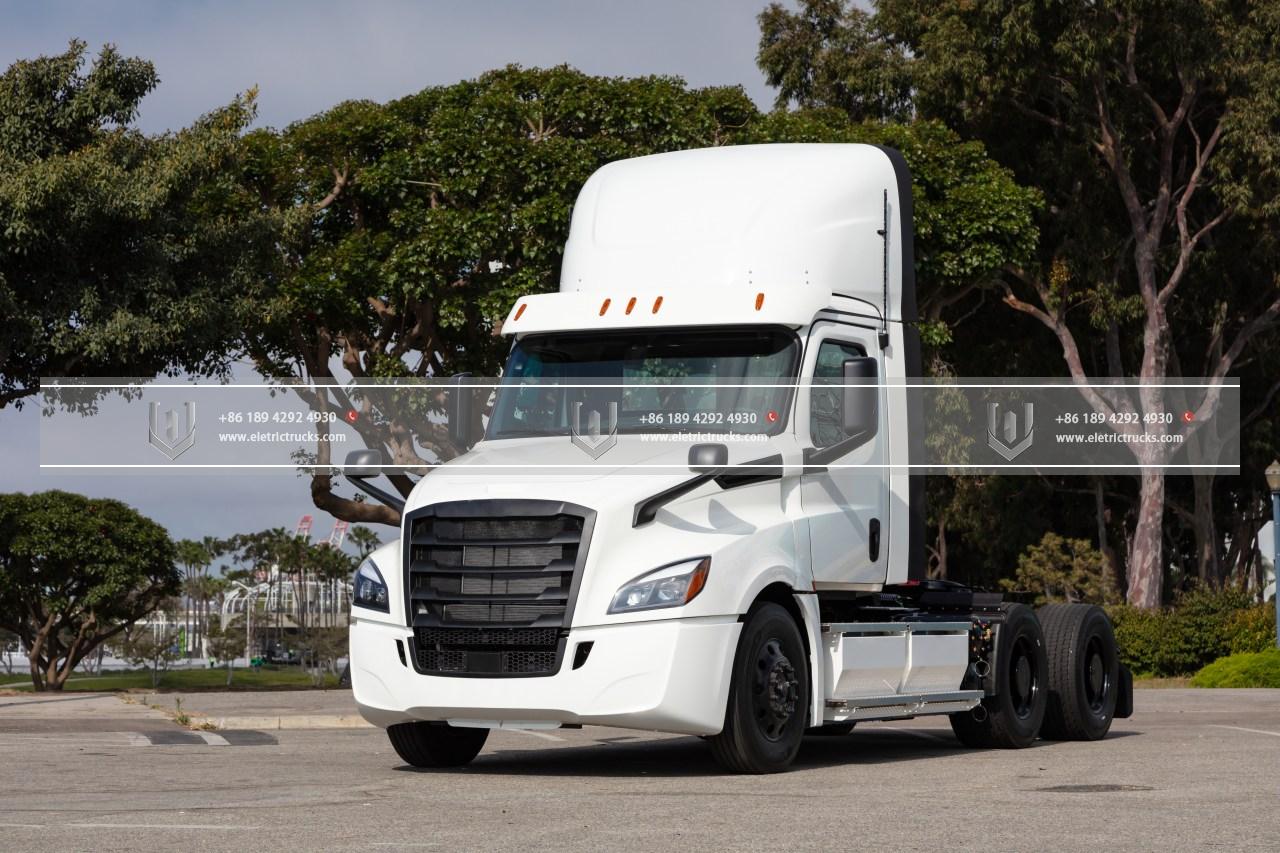
Both the Cybertruck me te R1T come equipped with advanced technology and connectivity features. Tesla’s Cybertruck features the company’s signature Autopilot system, which enables semi-autonomous driving capabilities. Te R1T incorporates a comprehensive infotainment system, including a large touchscreen display and integration with various smart devices. These tech-savvy features enhance the overall driving experience a hanga taraka hikos more appealing to tech enthusiasts.
While the Cybertruck me R1T share many similarities, they also have distinct characteristics that set them apart. Tesla’s Cybertruck aims to challenge traditional notions of truck design, embracing a bold and unconventional aesthetic. Rivian’s R1T, I tetahi atu taha, strikes a balance between ruggedness and sophistication, appealing to adventure seekers who desire both style and substance. Ultimately, the choice between these taraka hikos comes down to personal preference and individual needs.
Tīmata, the success and popularity of the Cybertruck me R1T have had a significant impact on the electric truck market as a whole. These vehicles have sparked a newfound interest in taraka hikos, attracting attention from not only consumers but also other automakers. Established companies such as Ford me General Motors kua mohio te kaha o te taraka hikos and are now investing heavily in this segment. This increased competition will undoubtedly lead to further advancements and improvements in Hangarau Kaihono hiko, benefiting consumers and the environment.
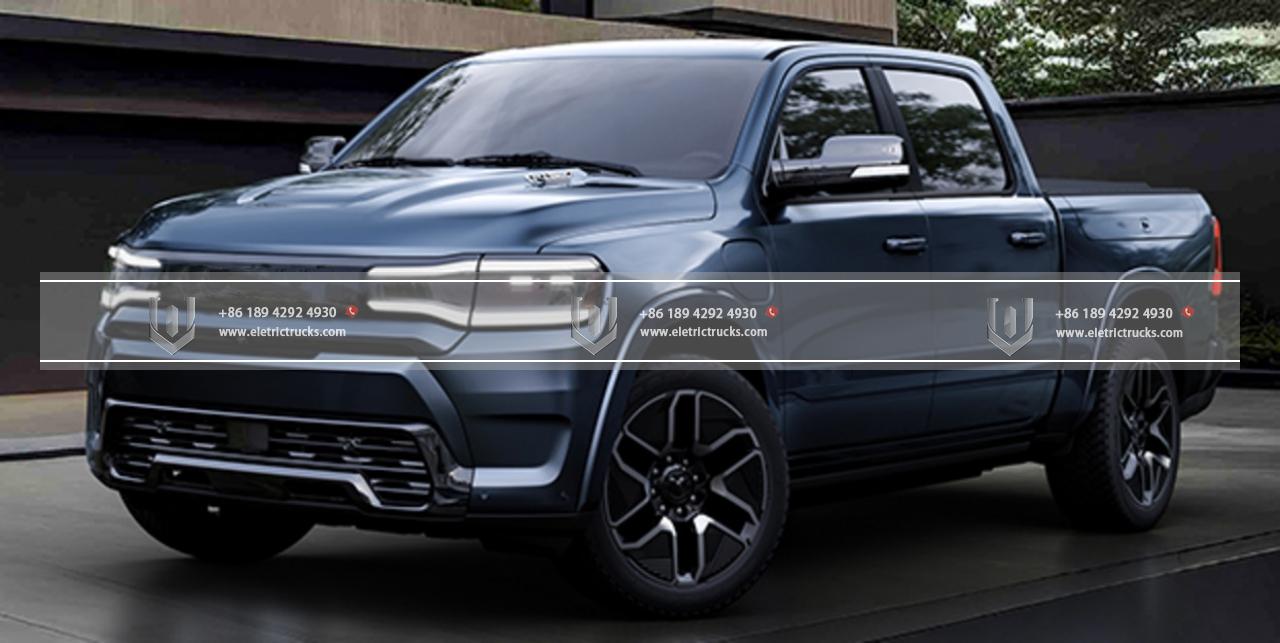
In addition to their performance and design, both Tesla me Ruki have made significant strides in establishing a robust charging infrastructure to support their taraka hikos. Tesla has developed an extensive Supercharger network, which provides high-speed charging stations across many countries, enabling long-distance travel with ease. Ruki, too, is investing in a network of charging stations called the Rivian Adventure Network, strategically placed near popular outdoor destinations, whakarite kia R1T owners can explore remote areas without range anxiety.
The success of Tesla me Ruki in the electric truck market has not only pushed the boundaries of what is possible in terms of performance and design but has also created a shift in public perception. Taraka hikos were once seen as a niche market, reserved for eco-conscious individuals or early adopters. Hoianō, with the introduction of the Cybertruck me R1T, these vehicles have garnered mainstream attention and are now viewed as legitimate alternatives to taraka tuku ihos.
Tuhinga o mua taraka hikos also has far-reaching implications for the environment. The transportation sector is a significant contributor to greenhouse gas emissions, and the shift towards Te hiko hikos, tae atu ki nga taraka, plays a crucial role in whakaheke i te tapuwae waros. Na roto i te awhi taraka hikos, consumers can contribute to a cleaner and more sustainable future, without compromising on power and performance.
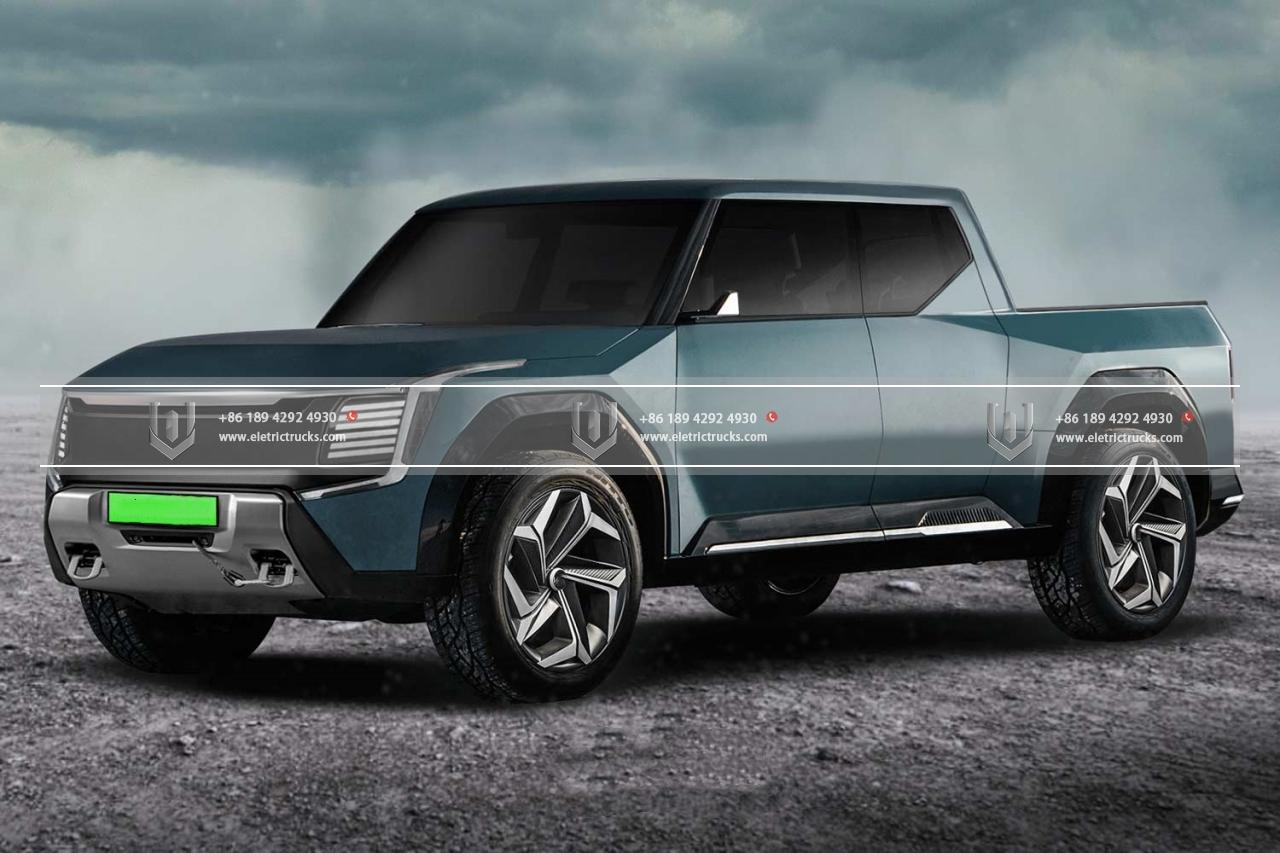
Hoianō, as with any new technology, some challenges need to be addressed. One of the primary concerns for taraka hikos is their range and charging infrastructure. While the Cybertruck me R1T offer impressive ranges, there is still room for improvement. Extending the range and reducing charging times will be essential to convince truck owners who rely on long-distance travel or heavy-duty applications.
Another challenge lies in the pricing of taraka hikos. Currently, taraka hikos tend to be more expensive than their traditional counterparts. Hoianō, as technology advances and economies of scale come into play, the cost of production is expected to decrease, mahi taraka hikos more accessible to a wider range of consumers.
Hei mutunga, the emergence of taraka hikos from companies like Tesla me Ruki has brought a new level of excitement and innovation to the automotive industry. Te Cybertruck me R1T have redefined what consumers can expect from a truck, Te whakakotahi i te mana, performance, and sustainability in a once unimaginable way. As these taraka hikos continue to gain popularity, we can expect other automakers to follow suit, driving further advancements and expanding the electric truck market. With each passing year, taraka hikos are becoming more compelling, demonstrating that sustainable transportation can go hand in hand with ruggedness, utility, and style. The era of taraka hikos has arrived, and it’s an exciting time for both truck enthusiasts and advocates of clean energy alike.
